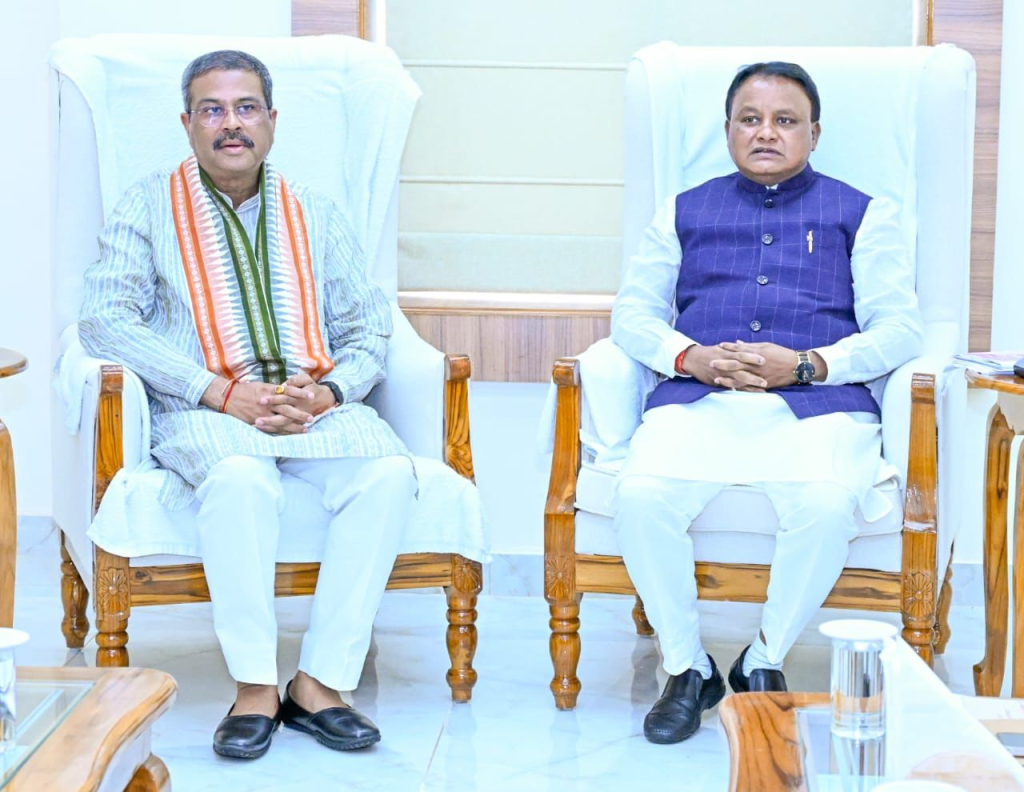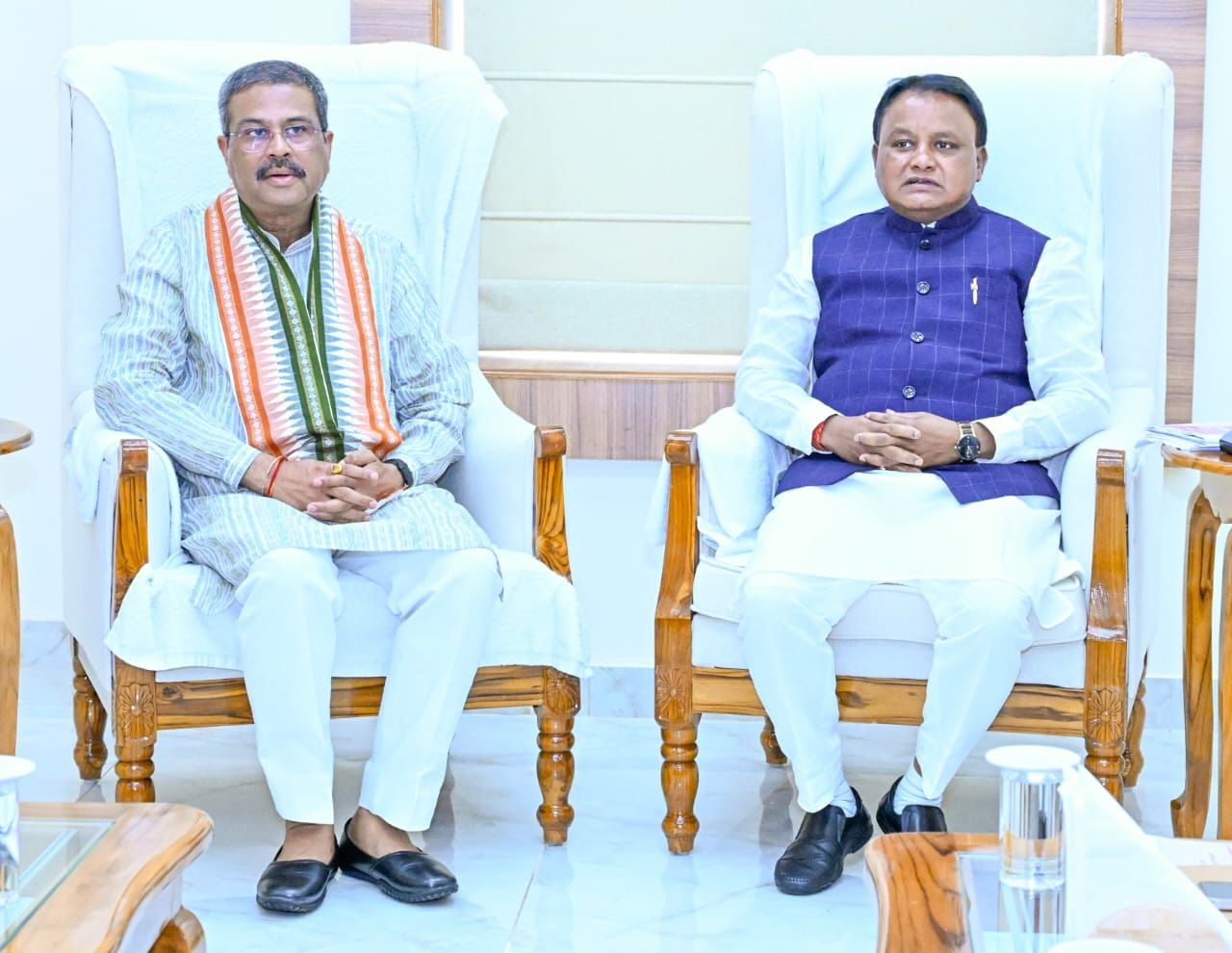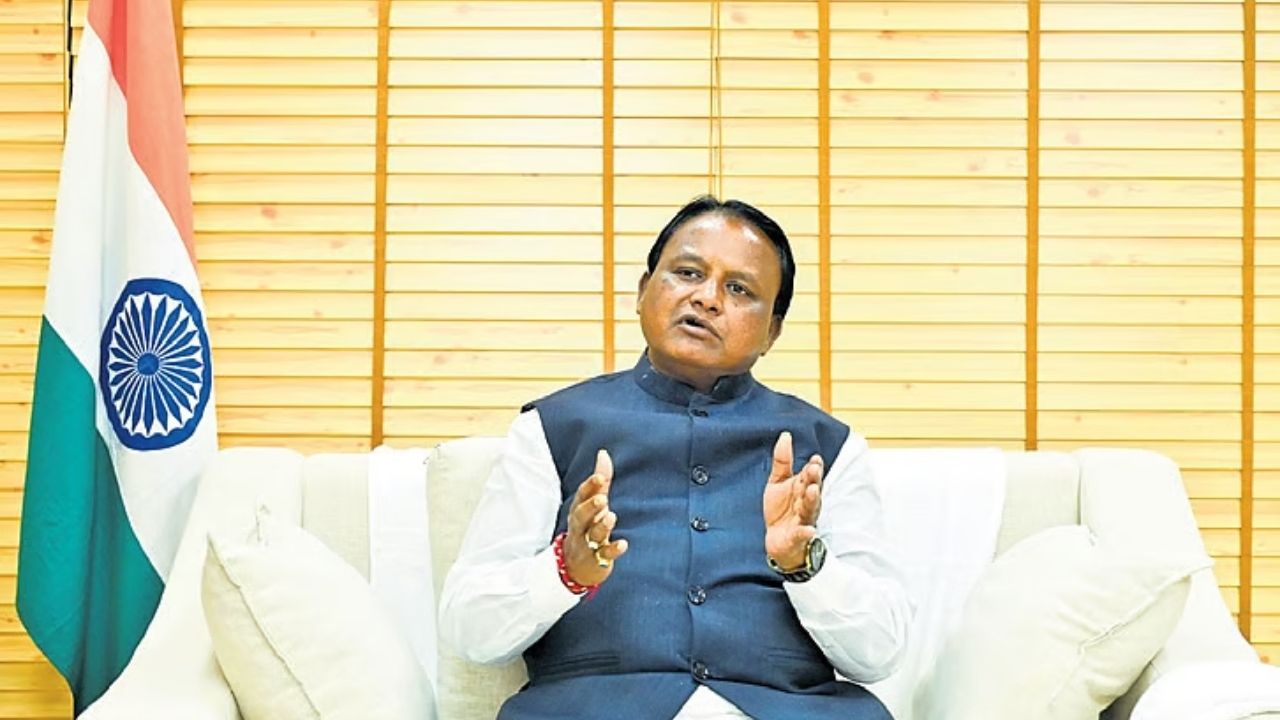In a significant move towards transforming the education sector, Union Education Minister Dharmendra Pradhan and Odisha Chief Minister Naveen Patnaik have joined hands to discuss the implementation of the National Education Policy (NEP) 2020 in Odisha. This collaboration marks a pivotal moment in the state’s education reform journey, as both leaders focus on aligning the state’s education system with the vision laid out in the NEP framework. The objective? To create an educational environment that not only meets modern needs but also respects and incorporates Odisha’s rich cultural heritage.

Dharmendra Pradhan and Odisha CM Discuss Implementation of NEP
| Key Point | Details |
|---|---|
| Primary Goal | Implementation of NEP 2020 in Odisha’s education system |
| Main Areas of Focus | Curriculum updates, infrastructure development, dropout prevention |
| Focus on Inclusivity | Reducing dropout rates among tribal students |
| Strategic Initiatives | Adoption of 5+3+3+4 structure, preschools (Sishu Vatikas) |
| Cultural Integration | Incorporating Odisha’s culture and history into the curriculum |
| Future Vision | Transforming Odisha into a model for national education reforms |
For more in-depth details, refer to the official NEP 2020 document.
In conclusion, the implementation of NEP 2020 in Odisha is a monumental step forward in the state’s educational journey. With a focus on early childhood education, tribal inclusion, cultural integration, and modern teaching methods, Odisha is setting a benchmark for the rest of India. By aligning education with the local context and focusing on practical solutions, Odisha is paving the way for a more inclusive, dynamic, and future-ready education system.
Context and Background of the NEP 2020
Before diving into the specifics of how Dharmendra Pradhan and Naveen Patnaik are bringing this policy to life, let’s take a step back and understand the National Education Policy (NEP) 2020. Introduced by the Government of India, this policy aims to overhaul India’s education system, focusing on holistic, inclusive, and interdisciplinary learning. It covers everything from early childhood education to higher education, aiming to make India’s education system one of the best in the world.
One of the main features of the NEP 2020 is the 5+3+3+4 education structure. This structure replaces the traditional schooling system, which had a 10+2 format, with a focus on early childhood education and more flexibility at the higher education level. With this change, pre-schooling, which is often overlooked in many regions, is now getting the attention it deserves, especially through the introduction of Sishu Vatikas (preschools).
Incorporating local culture and history into the curriculum is another notable aspect of the NEP. By including local languages, cultures, and traditions in the curriculum, students not only learn their academic subjects but also connect deeply with their roots. This is especially relevant for a diverse state like Odisha, where tribal and local traditions form a key part of daily life.
How Odisha Is Embracing the NEP 2020
Now that we understand the framework, let’s see how Odisha is gearing up to implement it under the guidance of Union Minister Dharmendra Pradhan and Chief Minister Naveen Patnaik.
1. The 5+3+3+4 Structure: What’s in It for Students?
The 5+3+3+4 structure introduced by the NEP divides education into four stages:
- Foundational Stage (5 years): Pre-school education (3 years) and classes 1-2 (2 years).
- Preparatory Stage (3 years): Classes 3-5 (3 years).
- Middle Stage (3 years): Classes 6-8 (3 years).
- Secondary Stage (4 years): Classes 9-12 (4 years).
In Odisha, the state government has already begun setting up Sishu Vatikas (preschools), focusing on the early childhood years to provide foundational learning in a holistic manner. These schools aim to teach foundational skills like literacy and numeracy through activity-based learning, which is a departure from the rote learning system that previously dominated the Indian education system.
2. Model Primary Schools in Every Panchayat
The Odisha government has committed to establishing model primary schools in each panchayat (village council area). These schools will follow the NEP framework, ensuring that even rural and tribal communities have access to high-quality education. In line with the NEP, these schools will also focus on multi-lingual education, with an emphasis on the local language, ensuring that students don’t lose touch with their cultural identity.
3. Culturally Inclusive Curriculum
Odisha, with its rich history, diverse cultures, and tribal communities, is a unique case when it comes to educational reforms. Chief Minister Naveen Patnaik emphasized the need to incorporate Odisha’s cultural heritage into the curriculum to create a more inclusive and locally relevant education system. This means that students won’t just study generic history, but also learn about Odisha’s contributions to India’s culture and heritage, including its classical dance forms, traditional arts, and local festivals.
4. Reducing Dropout Rates Among Tribal Students
One of the most important goals in implementing the NEP in Odisha is to reduce dropout rates—especially among tribal students. Union Minister Dharmendra Pradhan discussed strategies to make education more accessible and engaging for tribal children, who often face challenges due to language barriers, lack of infrastructure, and economic hardships. The plan includes providing scholarships, mid-day meals, and transportation services to ensure that children from remote villages can attend school without difficulty.
Why This Is a Game Changer for Odisha
The implementation of the NEP in Odisha isn’t just about curriculum changes—it’s a comprehensive approach to transform the education system. The partnership between Dharmendra Pradhan and Naveen Patnaik signals a commitment to improving access to education and creating a more equitable system, especially for marginalized groups.
Here’s how it’s a game changer:
- Cultural Sensitivity: The integration of local culture into education makes learning more relevant and relatable to students, boosting their interest and engagement.
- Inclusivity: By focusing on tribal communities, the NEP aims to bridge the education gap and create a more inclusive system.
- Infrastructure Development: The building of model primary schools and the development of preschool facilities ensures that education reaches every child, even in rural and underdeveloped areas.
- Holistic Education: The NEP’s focus on critical thinking, creativity, and problem-solving equips students with skills that go beyond textbook knowledge.
How Can Other States Follow Odisha’s Lead?
While Odisha is making strides, other states can take valuable lessons from this implementation. Here’s what they can do:
- Invest in Early Childhood Education: Like Odisha, other states can prioritize preschools to ensure that children have a solid foundation from an early age.
- Focus on Local Culture and Identity: By integrating regional languages and histories into the curriculum, other states can create more relevant and engaging educational content.
- Prioritize Inclusivity: Every state can focus on reducing dropout rates among marginalized groups by providing tailored support and financial incentives.
Odisha’s Bold Aviation Vision: 14 Airports, 15 Heliports, and Pilot Training for Tribal Girls
Om Birla Breaks Silence on the Toxic Turn in Parliamentary Debates: Is Democracy at Risk?
Game-Changing GST Reforms Announced: Odisha CM Promises Radical Shift in India’s Trade Landscape
FAQs
1. What is the National Education Policy (NEP) 2020?
The NEP 2020 is a comprehensive framework introduced by the Government of India to overhaul the country’s education system. It aims to provide quality education, promote critical thinking, and ensure inclusive learning for all children.
2. How will the NEP impact Odisha’s education system?
The NEP will bring structural changes, including a shift to the 5+3+3+4 system, establish preschools, and integrate local culture into the curriculum. It will also aim to reduce dropout rates, particularly among tribal students.
3. Why is cultural integration important in education?
Cultural integration helps students connect with their heritage and identity, fostering a deeper connection with the material they study. It also promotes respect for diversity and inclusion.
4. What role do model primary schools play?
Model primary schools serve as examples of the best educational practices, helping ensure that every student has access to quality education, regardless of their location or background.





